“Neera is being Passepartout and travelling the world in 80 days,” said a friend of mine in a web forum of 160 participants. Jean Passepartout was a fictional character in Jules Verne's novel Around the World in Eighty Days, published in 1873. His surname translates literally to "goes everywhere."
My friend was not too far off from the truth. Although I have not travelled for 80 consecutive days, this year I have travelled for 94 days intermittently and managed to see six countries - Tasmania (Australia), London (UK), Ireland, Holland, Belgium, Spain and India.
Within India, I did three trips - Ladakh, Khajuraho and Sikkim and Darjeeling.
[Warning: This is a long letter, to make up for the last two I missed. I suggest you pour yourself a cup of tea (or coffee) and put your feet up to enjoy the journey with me.]
It took us seventeen hours to get from Chandigarh to Bagodgra, the nearest airport to Sikkim’s capital Gangtok. We caught a train from Chandigarh to get to New Delhi, a flight from New Delhi to Bagodgra and then a hired 4WD to get to Gangtok. A mere 122-kilometre journey from Bagodgra to Gangtok took us six hours, thanks to traffic, landslides and broken roads due to recent monsoon rains. The rain itself delayed us too. As soon as we landed at Bagodgra, the rain started pelting and continued for good 45 minutes causing hundreds of visitors to cram under the airport atrium. India is experiencing a high volume of rains which are continuing all through September causing flooding, even in areas where it has never rained (Rajstahan).
By the time we left the airport, it was already dark and we missed the scenic entry to Eastern Himalayas. For a while, we started out of the vehicle trying to make the shape of the hills and Teesta River flowing next to the road but fatigue took over and both of us fell asleep despite the bumpy ride.
When we reached the hotel, at around half-past ten, we were too tired to appreciate the grandeur of the reception hall. Our hotel used to be the former King of Sikkim’s guest house. It had all the evidence of time, class and most importantly views.
We asked for dinner to be served in our room. Two waiters in white uniforms drove a trolly full of the silver cloche and parked it near the king-size bed. It was like a scene from the movies. My first royal dinner in a hotel room! But alas! we were too tired to do justice to the food.
The next day, after breakfast in the lovely backdrop of hills we got picked up by the guide and the driver and whisked to the Rumtek monastery. ‘Whisked’ is probably not the right word because it took us more than two hours of winding drive to get to the monastery which looked just across the hill from the hotel.
Rumtek monastery, a very wealthy monastery, is at the centre of a controversy. A lengthy battle is being played out between two rival organisations, each supporting a different candidate for the 17th Karmapa, claiming stewardship of the monastery and its contents. The two organisations are the Tsurphu Labrang (supporting Ogyen Trinley Dorje) and the Karmapa Charitable Trust (supporting Trinley Thaye Dorje). Court cases are going on and the monastery has been the site of pitched battles between monks supporting one candidate or the other. The Indian government has forbidden the entry of both candidates to the monastery. Indian security forces are patrolling the monastery and managing the entry.
Monestry was very impressive. Monks of all sizes and ages were buzzing around the premises. The day we visited, seemed to be the day of blanket washing. All through the terrace, blankets were hung out for drying.
The guide dropped us at the ropeway ride (cable car) station and we took to ride to the MG Mall and spent the evening soaking in the city and its inhabitants.
At an altitude of 1,750 meters, Gangtok became the capital of Sikkim in the mid-19th century and has undergone rapid development since then. The area around the mall, King’s palace and Chief Minister’s residence are very impressive. The rest of the roads are neglected and break after each rainy season. Local blame it on corrupt politicians and road construction contractors who do patch jobs each year to keep getting funding each year. That made sense because we experience a well-constructed road to Changgu Lake the next day which is made and maintained by the Indian Army.
The Changgu Lake is a glacial lake some 40 kilometres from Gangtok. It is located at an elevation of 3,753 m (12,313 ft), and freezes during the winter season. Its surface reflects different colours which change with the seasons. The locals hold the lake in great reverence. The hills around the lake are covered by rhododendron, primulas, blue and yellow poppies, and irises. They all bloom in April which is said to be the best time to visit the lake.
We had to take a special permit to visit the lake as it is very close to the Indo-China border. NathuLa Pass is only five kilometres from the lake and used to be the trade route between Sikkim and China. We could see the base when we went another 1000 ft up in the cable car.
Local people can go close to the army base to visit Baba Harbhajan Singh temple but we as foreigners were not allowed due to security reasons. I got to tell you Baba Harbhajan Singh’s story. It is the most interesting of all the stories I came across in this trip.
Baba Harbajan Singh is not a religious leader. He was a soldier in the Indian army who fought in the 1962 Indo-China war. In 1968, he was considered a truant. But he appeared in the dream of another soldier of his regiment and told him where his dead body was. It turned out he got washed away by a river while leading a herd of army horses.
Later on, he started appearing in the dreams of other soldiers appointed at the NathuLa Pass telling them about enemy whereabouts. Not only that he was sighted by Chinese soldiers riding a horse guarding the mountains.
When Chinese soldiers also started reporting him appearing in their dreams and telling them about which of their activities are causing anguish and advising them to sort the matter through talks, the officials from both sides started taking the matter seriously. Fellow soldiers turned his bunker into a temple.
The most interesting point is that the Indian Army has accepted him as a regular Indian army soldier who is still serving the nation. For that, he is given regular promotions. Not even this, he is given leave on 14th September, every year. Each year three soldiers accompany an empty seat on the train to take Harbhajan to his village. This ritual became so big, and when thousands of people started accompanying [him] on the train that the Indian Army decided to retire him.
Although I didn’t see the temple, this video shows it beautifully.
The next day we left for Pelling. Pelling is a serene mountain village in the western district of Sikkim just 120 km from Gangtok. At an altitude of 2000 mts it attracts tourists who want to see the spectacular view of Mt. Kanchenjunga.
My Kanchenjunga is the third highest mountain in the world after Everest and K2. Our hotel again was the former King’s guest house which had the perfect view of the Kanchenjunga. But we had to get up before sunrise. When the sun rises, its rays reflect from the snowed peaks turning them golden. There is only a window of an hour or at the most two, to see the mountain clearly. After that, the heat of the sunrays causes the snow to evaporate and clouds are formed.
At 8,586 mts, Kanchenjunga was considered the highest mountain in the world. But calculations and measurements in 1849 showed that Mount Everest is higher by 263 meters. The Kangchenjunga is a sacred mountain in Sikkim and climbing it is not allowed. In 1955, Joe Brown and George Band climbed it as a part of a British expedition. They stopped just short of the true summit, keeping a promise given to the Chogyal of Sikkim that the top of the mountain would remain inviolate.
Pelling is surrounded by dense forests of pine and oaks trees. It is also home to Sikkim’s most sacred Buddhist monastery.
The next morning we left for Darjeeling. On the way, we stopped at the Buddha Park of Ravangla in South Sikkim. It had a 130 ft high statue of Buddha in the centre which was constructed between 2006 and 2013 to mark the 2550th anniversary of the birth of Gautama Buddha.
Underneath the statue was a museum-cum-shrine that houses 13 relics related to Gautam Buddha, donated by 13 predominantly Buddhist countries. In 2013, Dalai Lama performed the purification and initiation ceremony of the shrine. The inner walls of the shrine are exquisitely painted depicting the story of Buddha.
Buddha Park is the most spectacular place I have seen on this whole trip.
I have reached the limit of this post. In the next post, I will write about Darjeeling.
I am back after a week of unpacking, bringing the house in order and catching up, getting ready to start the third and last sprint (2022) of Write Your Book In 30 Days. It will start on 1 November and end on 3 Dec.
November is also the month when thousands of writers all around the world are writing their novels in one month. You can join them and knock your book in 30 days too. Join me here and get going.
That’s all from me this week.
If you liked this newsletter, please consider becoming a paid subscriber.


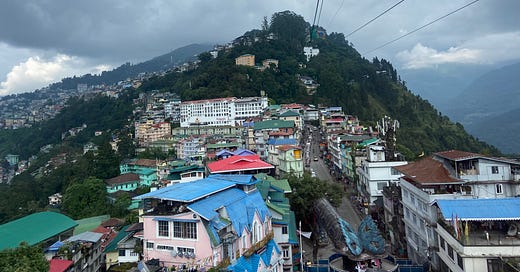



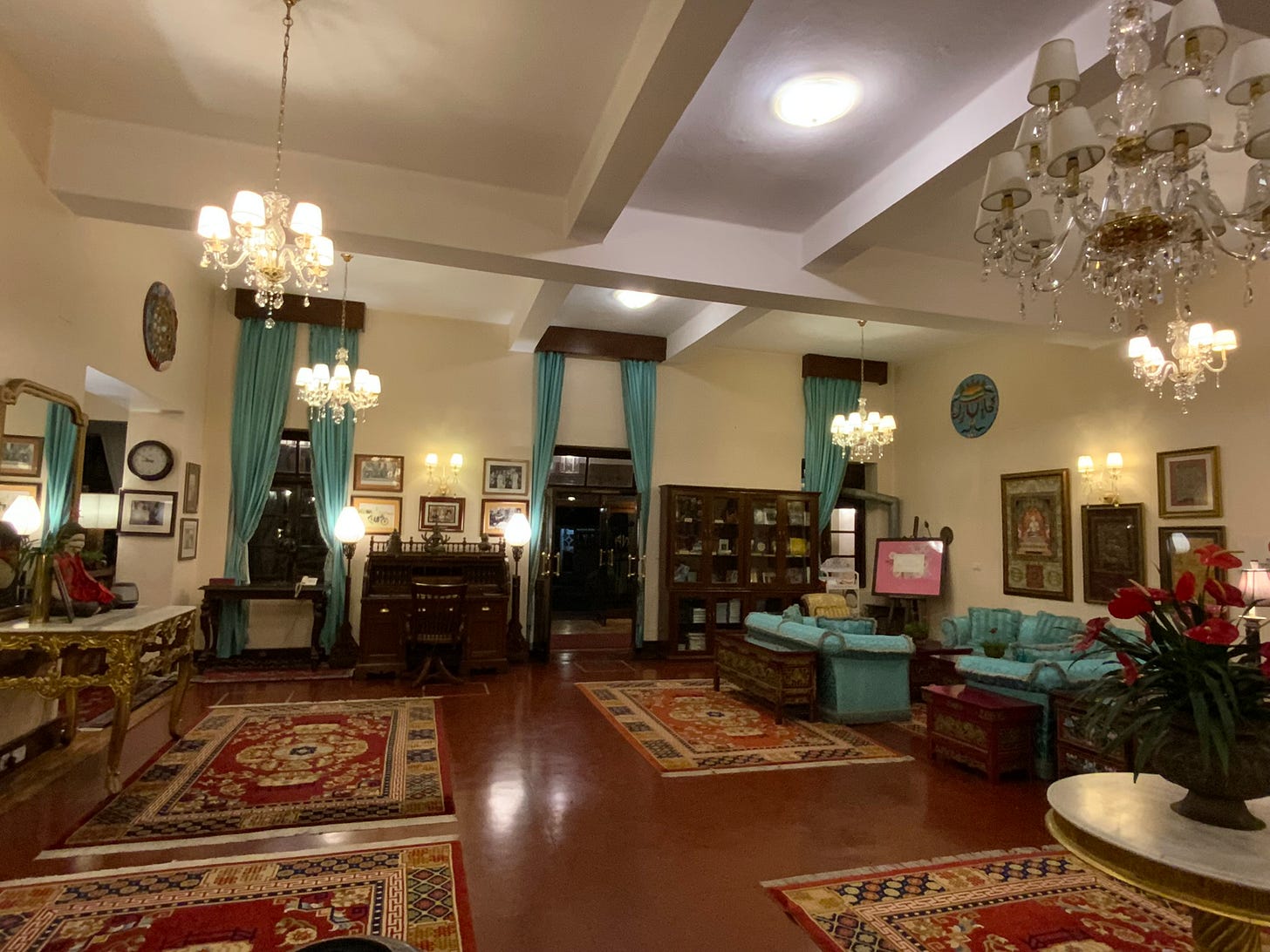
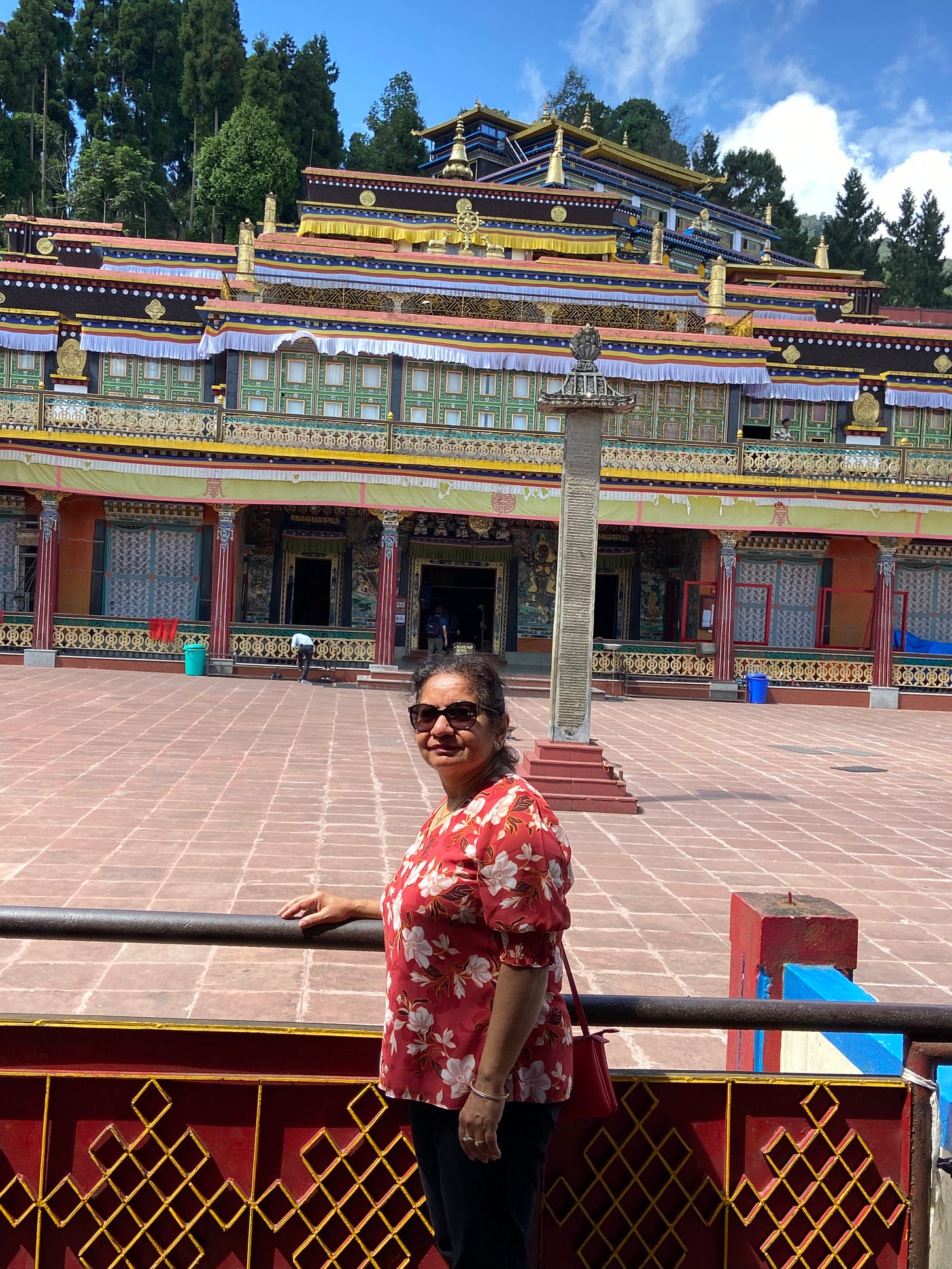
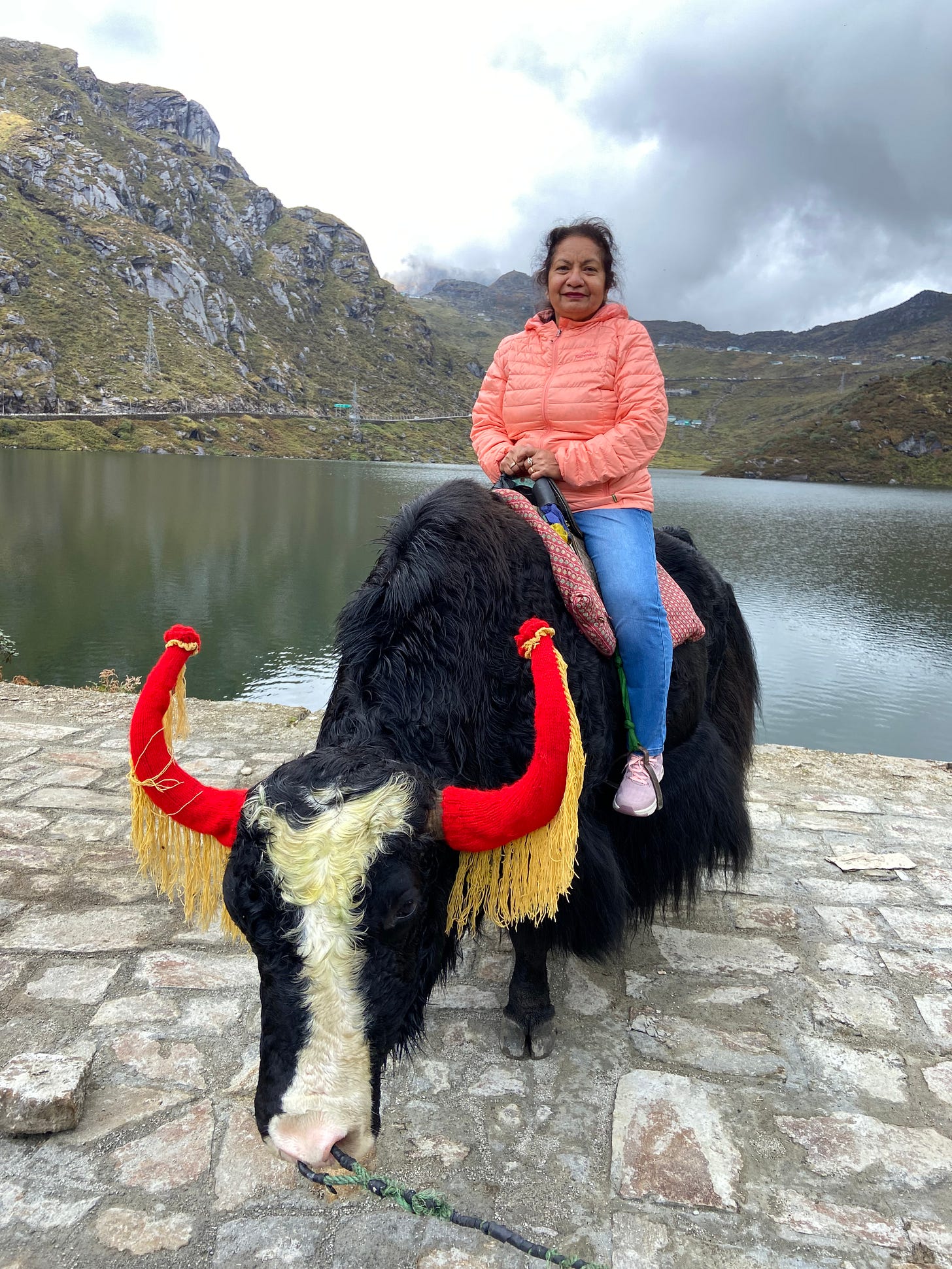
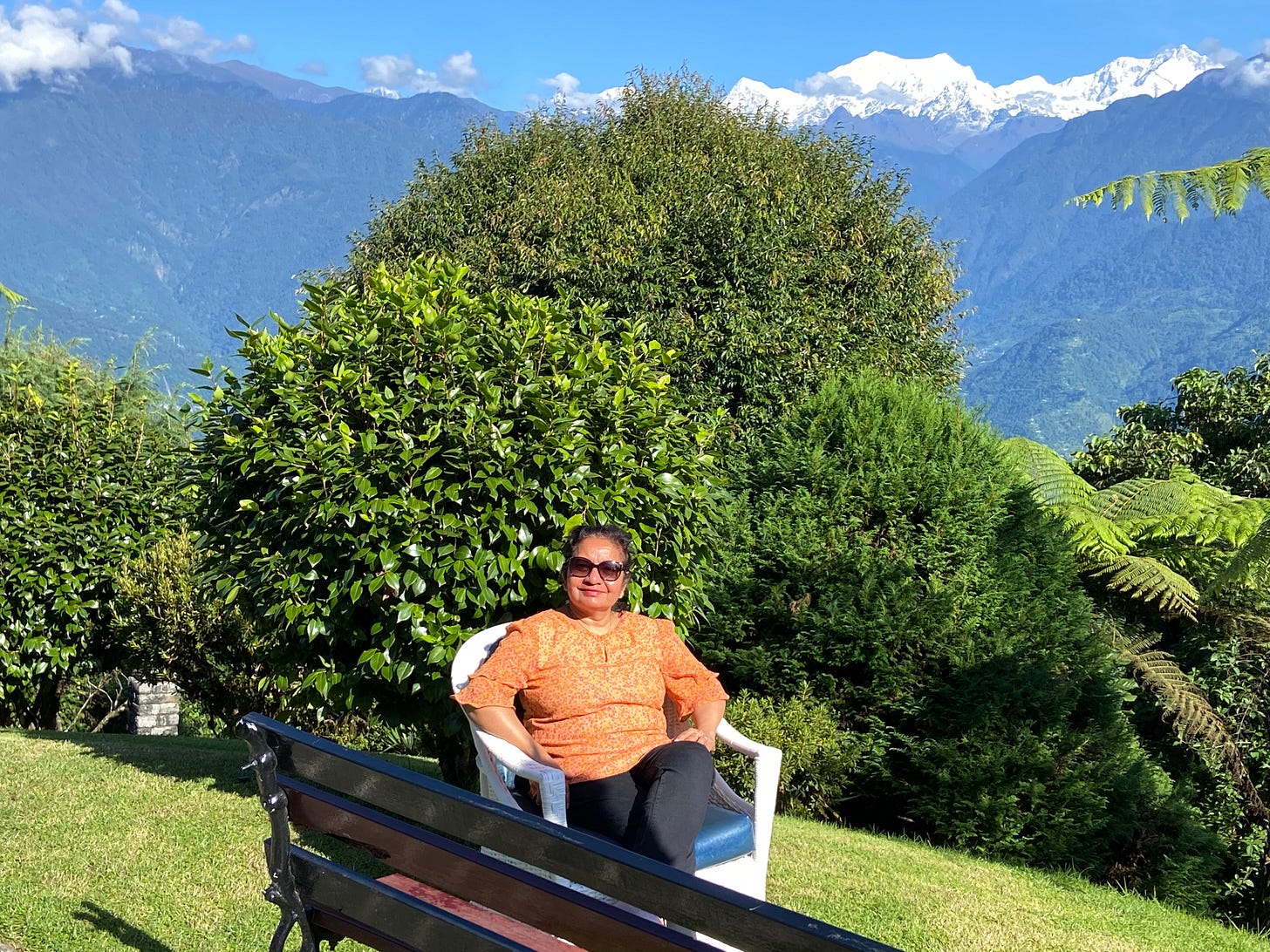

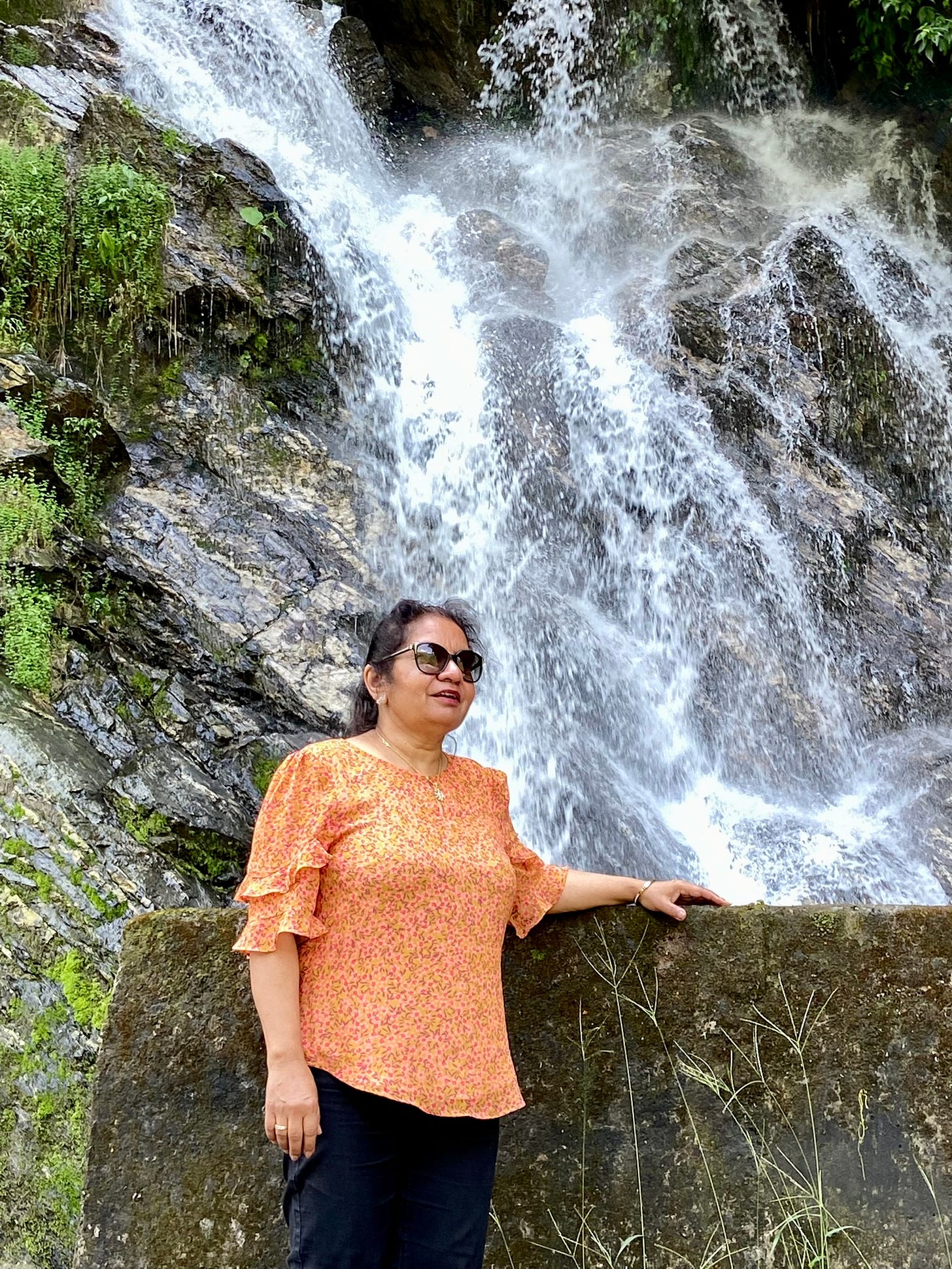
I love how you are spending your time traveling and then educating. Thanks for sharing these parts of the world with us.